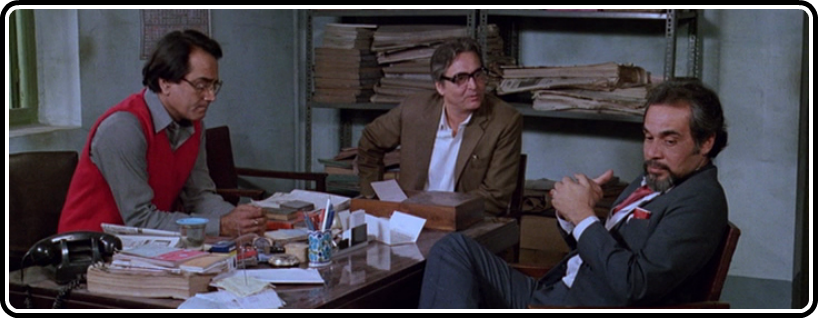
For anyone watching Satyajit Ray’s 1989 film An Enemy of the People in 2014, I think it will be all but impossible to not immediately reference a few recent events. Among them, we have:
- the toxic chemical spill in Charleston, West Virginia that deprived up to half a million people of safe drinking water for several weeks (notwithstanding claims from officialdom that “all is well, water is safe, move along now”);
- the Bill Nye vs. Ken Ham debate regarding evolution and creationism, an example of traditional beliefs hardened by the clash with modernity into rigid ideologies impervious to evidence that doesn’t uphold their adherents’ presuppositions;
- and any number of stories involving squashed reportage of incidents which, if properly understood, would upset the status quo that authorities of all ideological stripes strive mightily to uphold, especially when the revelations delivered by independent voices call conventional customs and business arrangements into question.
Since this is the first time that I’ve seen the film that amounted to Ray’s heroic “comeback” project after several years off due to health problems, I can’t really say how well it connected to assorted scandals and controversies of earlier eras. But I’m fairly confident that the social pressures and cultural dynamics at work in this film, itself an adaptation of Henrik Ibsen’s play from 1882, have been more or less constant across global civilization for well over the past 130 years since Ibsen first sketched out the rough outline of his drama.

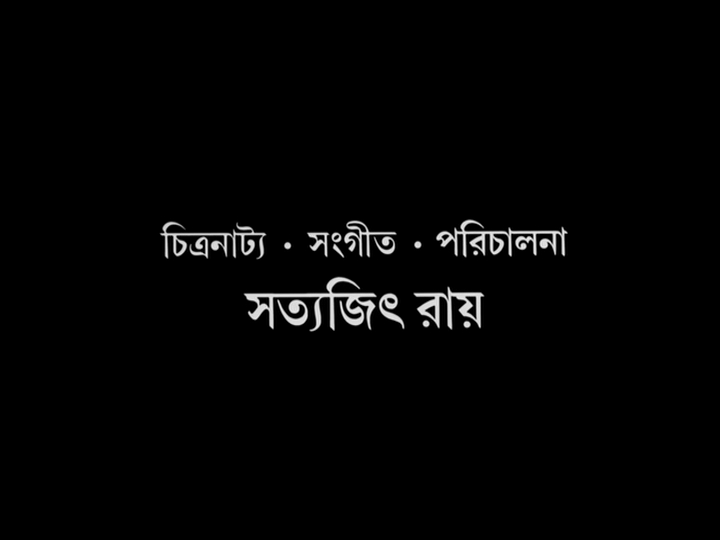
As the smallest in scale and most narrowly confined film in last month’s release of Eclipse Series 40: Late Ray, it seems all but inevitable that An Enemy of the People is destined to fall into that classic “middle child” trap of being overlooked, taken for granted, even considered something along the lines of a filler between the more celebrated titles that serve as bookends in this particular collection. Well, there are some situations that simply cannot be helped, and that just might be the case here. The fact is, when Satyajit Ray set out to make his next film, following up the epochal The Home and the World, he was indeed an artist on the rebound, physically mending from a heart attack that he experienced while making his previous film, and thereby forced to work upon a smaller, almost entirely indoor and studio-bound stage due to doctor’s orders that prevented him from making movies the way he had been accustomed to over the previous three decades. It’s to his credit that, even within tight restrictions, he was able to find the right material, actors and directorial technique to create a film that remains worthy of our time as viewers and relevant to our times as witnesses to history.
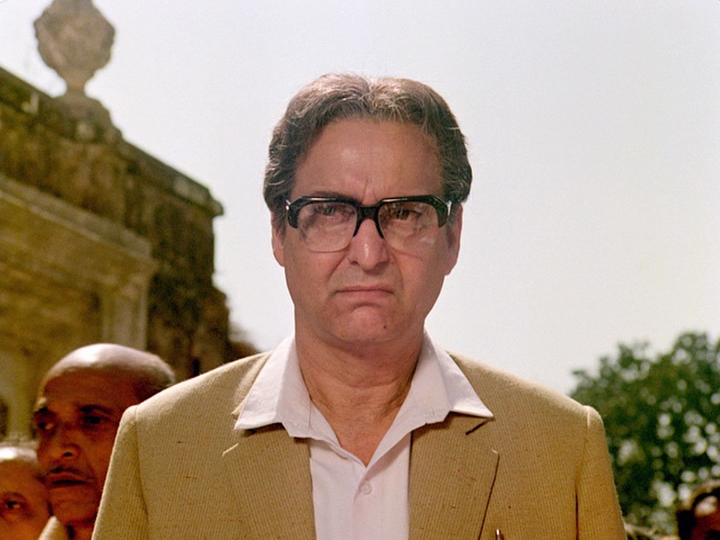

Ibsen’s original play has by now been adapted in enough different settings and time frames to become an archetype in its own right of the upstanding individualist who, convinced of the righteousness of his cause, perseveres in the face of stern public opposition. The story revolves around a doctor who discovers, to his dismay, that the residents of a town are falling ill due to contaminated holy water dispensed at a local shrine. His efforts to alert people to the danger, and to press those in positions of responsibility to take the necessary (and expensive) action required to keep everyone safe, are sternly rebuked by those who remain stuck in denial or simply don’t want to foot the bill that will have to be paid in order to set things right again. Ibsen situated his plot in a health spa and the resort town that depended upon it. Ray moved the setting to a Hindu temple and the small rustic village that was counting on the sacred site’s increasing popularity as a source of badly needed revenue. In both cases, of course, the bad publicity generated by the doctor’s report would have crippling economic effects – a risk that the town fathers simply were not willing to take in the short term.

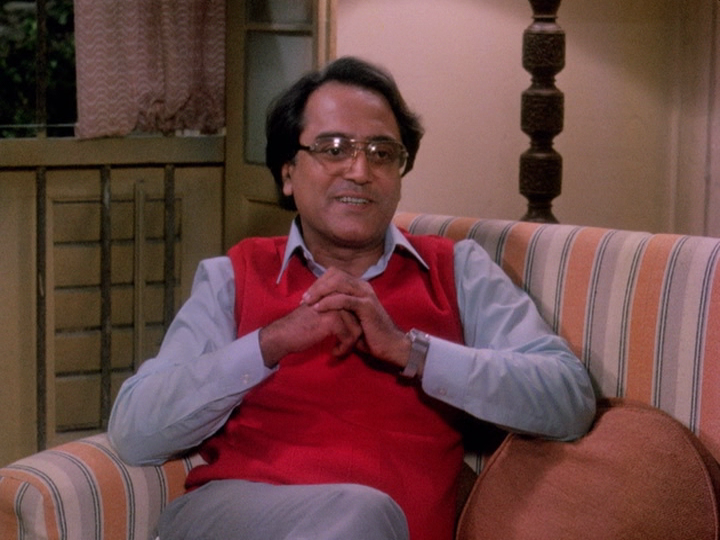
The core conflict at the heart of An Enemy of the People is only exacerbated by the web of relationships that exist between the doctor, in Ray’s version named Akoshe Gupta, and his adversaries, some of whom enter the story as his allies. Chief among them are his brother Nisith, a leading conservative politician of the town who’s constantly probing his acquaintances to see whether they lean “right” or “left” in their political tendencies. Dr. Gupta also relies on local news reporter Haridas Bagchi and his publisher Biresh to get the word out, but they prove to be feckless and cowardly supporters when it comes down to crunch time. Meanwhile, there are subplots involving flirtations between Haridas and Dr. Gupta’s daughter Indrani that add further elements of intrigue and tension to the story.
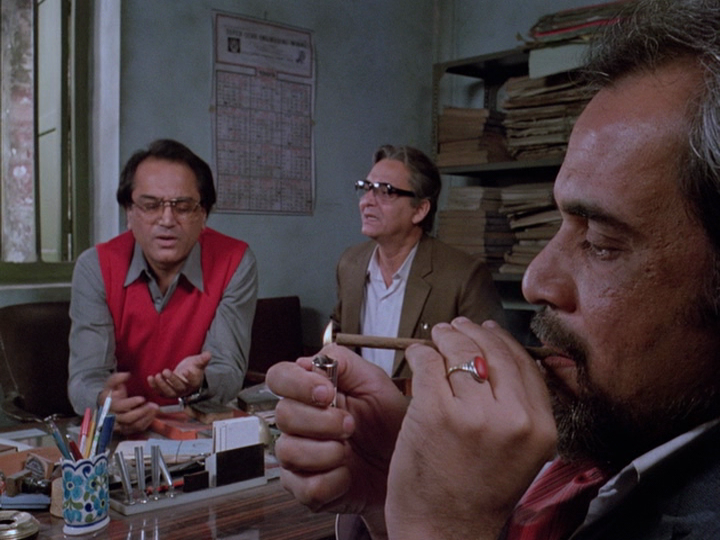
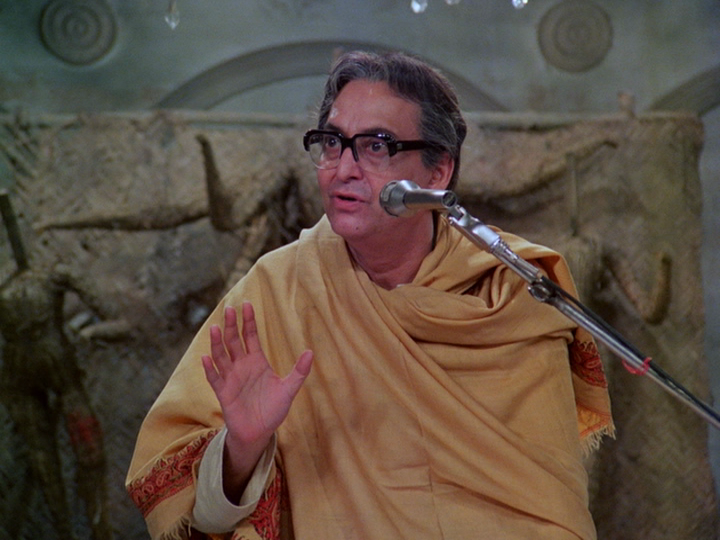
As illustrative as An Enemy of the People turns out to be in laying out the conflicting interests and corrupting tendencies that occur when truth is spoken to power, the film does still come across as rather mannered and restrictive in its presentation. Conflicts and resolutions are almost entirely driven by dialogue, often with the characters sitting on upholstered furniture just talking through their various disputes. It all feels natural enough, it’s just not that visually dynamic or engaging. Because of that, it’s one of those movies where not much is really lost in watching it on DVD in the privacy of one’s home, rather than the typically preferable big-screen presentation. As the screen caps amply demonstrate, the cinematography persistently lands on relatively tight close-ups and straightforward shots that lack any kind of distinctive flourish. Ray’s methods are efficient, solid and well-suited to the story he wants to tell, but they fall short of the visual characteristics that would seem to call for a high-resolution transfer.
So given the workmanlike production values and the general familiarity of the film’s story line as an adaptation of a theatrical classic, I can only conclude that Criterion’s decision to release this film (and its companions) on DVD as opposed to Blu-ray makes a lot of sense. I won’t go so far as to say that there is anything outright deficient in the craftsmanship of Ray and his crew, or his actors, who all put in very fine and engaging performances. But the very plaintive, no-frills approach to making this movie, which remains quite consistent with its underlying message of just getting the truth out there without adornment or apology for its potentially troublesome implications, almost seems to call for it being delivered in the most populist, affordable and accessible format available. In that sense, An Enemy of the People makes its case quite persuasively, if we only set aside our prejudices long enough to listen and consider the strength and plausibility of its claims.
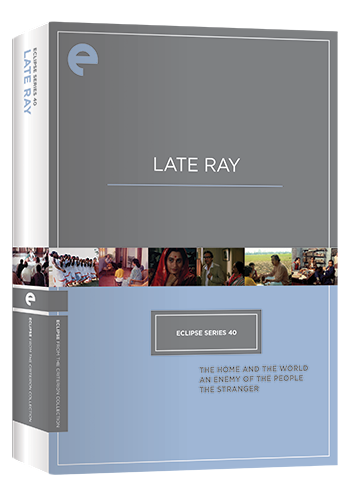




![Bergman Island (The Criterion Collection) [Blu-ray]](https://criterioncast.com/wp-content/uploads/2022/11/bergman-island-the-criterion-collection-blu-ray-400x496.jpg)
![This Is Not a Burial, It’s a Resurrection (The Criterion Collection) [Blu-ray]](https://criterioncast.com/wp-content/uploads/2022/11/this-is-not-a-burial-its-a-resurrection-the-criterion-collection-blu-ray-400x496.jpg)
![Lars von Trier's Europe Trilogy (The Criterion Collection) [The Element of Crime/Epidemic/Europa] [Blu-ray]](https://criterioncast.com/wp-content/uploads/2022/11/lars-von-triers-europe-trilogy-the-criterion-collection-the-element-of-400x496.jpg)
![Imitation of Life (The Criterion Collection) [Blu-ray]](https://criterioncast.com/wp-content/uploads/2022/11/imitation-of-life-the-criterion-collection-blu-ray-400x496.jpg)
![The Adventures of Baron Munchausen (The Criterion Collection) [4K UHD]](https://criterioncast.com/wp-content/uploads/2022/11/the-adventures-of-baron-munchausen-the-criterion-collection-4k-uhd-400x496.jpg)
![Cooley High [Criterion Collection] [Blu-ray] [1975]](https://criterioncast.com/wp-content/uploads/2022/11/cooley-high-criterion-collection-blu-ray-1975-400x496.jpg)